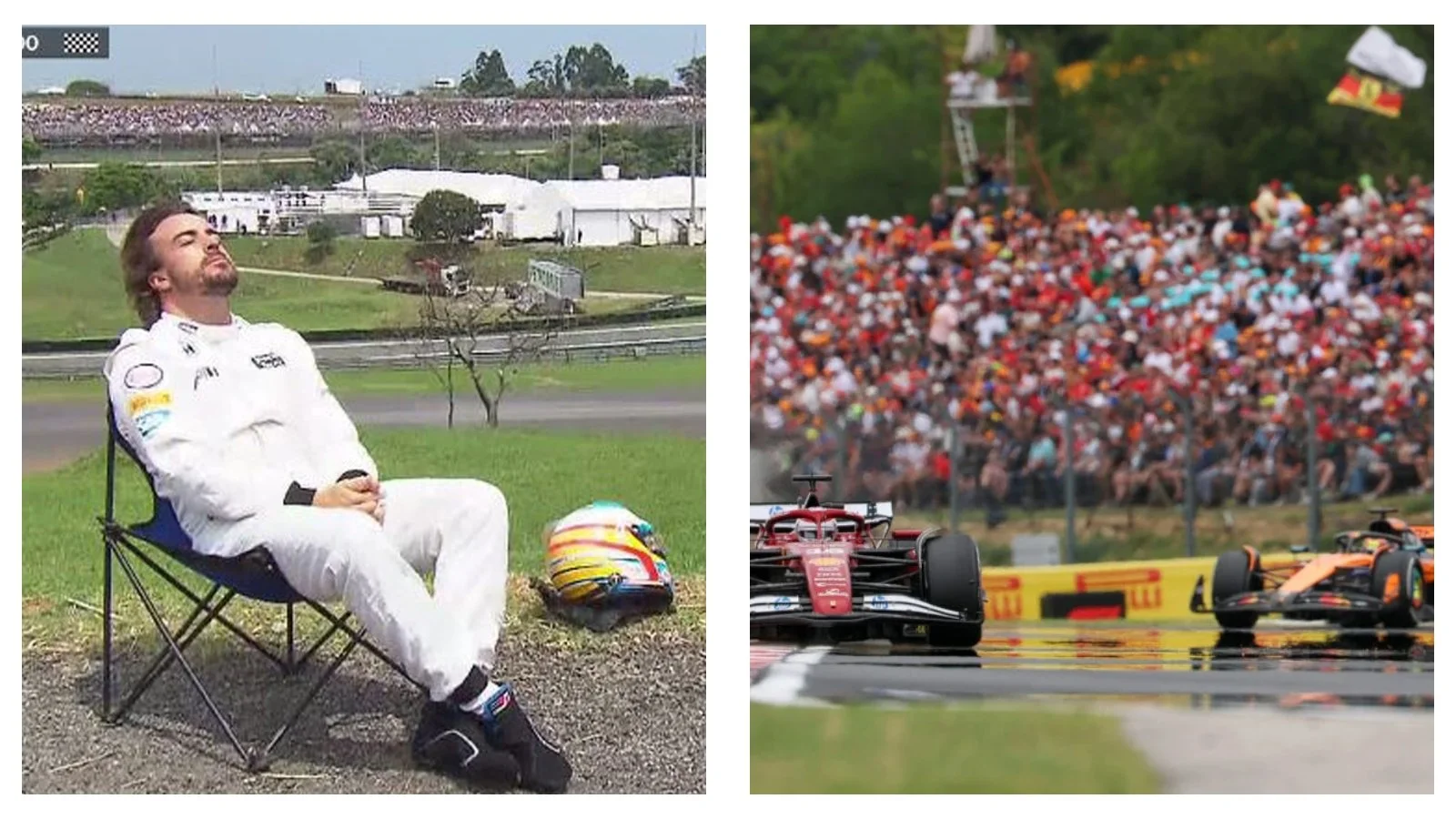What actually happens during the F1 summer break?
As the 2025 Formula 1 season pauses for its annual summer break, casual fans might imagine drivers scattered across Europe sipping cocktails on yachts while their teams lounge poolside, engines tucked away and forgotten.
And while the Instagram content might support that theory, the reality is a little more structured and a lot more important than just a few weeks of downtime.
So, what exactly is the F1 summer break, and why does it matter?
A four-week pause, a two-week shutdown
Each year, Formula 1 enters a summer break that lasts just under four weeks, typically from the end of July to late August.
But the most significant part of that pause is the mandatory shutdown period - a strict, 14-day stretch where teams must completely cease all performance-related operations.
During those two weeks, teams are barred from conducting any car development - no wind tunnel testing, no CFD simulations, no part production, and no simulator work.
Even internal communications related to car performance are forbidden.
No emails. No meetings. Nothing.
The FIA requires teams to notify them in advance of their planned shutdown window, and any rule-breaking comes with penalties.
MORE FOR YOU: F1 news: Ferrari’s Hungary misery as Charles Leclerc fumes and Lewis Hamilton says he’s “glad it’s over”
A much-needed break for those behind the scenes
The idea behind the summer break is simple. It’s to give personnel a real, protected rest.
F1 is a relentlessly demanding sport.
Between the long-haul travel, double and triple-headers, and the constant pressure to extract every tenth of a second, burnout is not just a risk. It’s practically guaranteed without enforced breaks.
The summer shutdown gives mechanics, engineers, strategists, and everyone else behind the scenes a chance to breathe without fear of falling behind the competition.
That said, not every department shuts down. Teams’ marketing, finance, and legal departments are allowed to continue operating normally.
But anything even remotely tied to on-track performance? It stops.
Also, repairs to "seriously damaged" cars can be carried out during the shutdown, with approval from the FIA.
How much do the drivers rest?
For drivers, it’s more of a “rest where you can” situation. Most of them spend the break training - cycling in the mountains, sweating it out in gyms, or continuing their strict nutrition regimes.
Sure, there’s time for a holiday, but even then, the idea is to recharge without slipping out of shape.
The margin between race-fit and race-rusty is razor-thin in this sport, especially with how tight the competitive order has been in 2025.
It’s also a mental reset. By the time the sport hits the summer break, we’re usually around halfway through the calendar - this year, 14 races down, 10 to go.
That midpoint is where championship narratives start to form, tensions begin to simmer, and pressure mounts.
For the drivers in title contention - Oscar Piastri and Lando Norris - the break is a moment to regroup.
For those fighting for contracts or simply trying to stay relevant, it’s a chance to evaluate their approach heading into the second half.
YOU MAY ALSO LIKE: F1 news: George Russell insists ‘it’s a when not if’ amid ongoing Mercedes contract uncertainty
The sporting impact of a frozen grid
But the break isn’t just about wellbeing. It has real sporting consequences.
Momentum is a fragile thing in F1.
A team that looked dominant in July can return in August struggling to keep up.
The shutdown freezes development, which is good for teams that were already strong but a nightmare for those trying to close the gap.
You can't introduce new upgrades, test solutions, or fix underlying problems. Whatever package you took into the break, you're stuck with it, at least for those two weeks.
Across the history of the sport, we’ve seen tems that were behind in the first half of the season come back rejuvenated after the summer break, and others fade after a strong start.
The calm before the storm
And while fans might feel a little lost during the break, it does give the wider F1 ecosystem a rare moment to reflect.
And for football fans? It’s conveniently timed with the return of the Premier League.
Once the break ends, there’s no easing back into it. It’s straight into Zandvoort - Max Verstappen’s home race - and the start of a high-stakes final run to Abu Dhabi.
And with Zandvoort up next - Max Verstappen’s home race - the second half of the season could open with fireworks.
So no, the F1 summer break isn’t just about beach holidays and rest.
It’s a built-in breather that forces the sport to hit pause, both for the sake of the people who make it happen and to maintain some sense of balance in a year that never stops moving.
It’s calm now. But not for long.
READ NEXT: Premier League outright betting preview 2025/26: Liverpool favourites to edge Arsenal, Man City



